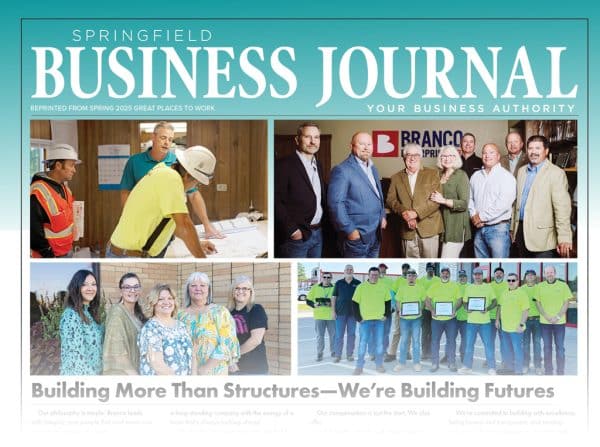One of our specialties is the Design-Build Method. Design-Build is a method of project delivery in which one entity – the design-build team – works under a single contract with the project owner to provide design and construction services.
Why Do Owners Choose Design-Build?
By Everette L. Herndon, Jr., P.E., Design-Build Institute of AmericaOwners, especially public owners, need a full bag of tools to implement the construction programs of their agencies. Design-build is emerging as a must-have tool. When the design-build delivery method is chosen for the right project, owners start out on a path to success. Like most public owners, I measure project success by adherence to the scope, schedule, budget, and quality requirements of the project.
Design-build saves time and money for the owner, while providing the opportunity to achieve innovation in the delivered facility. Time and cost savings result from the ability of the design-build team to fast-track the project by overlapping the design and construction phases of the schedule. Because the public owner does not need to provide a full set of biddable construction documents, cost savings are also associated with design.
Even more importantly, design-build allows owners to avoid being placed directly between the architect/engineer and the contractor. Under design-bid-build, the owner takes on significant risk because of that position. The standards of professional due diligence on the part of the A&E industry do not provide the owner with perfect construction documents. Yet, voluminous case laws exist putting a significant burden on owners to warrant the accuracy of those imperfect documents to the contractor.
The gap between the legal standard for construction documents and the A/E professional standard for construction documents has been getting wider. Quite frankly, owners are tired of it. Design-build is a means to fix or avoid this gap. Design-build places the responsibility for design errors and omissions on the design- builder, relieving the owner of major legal and managerial responsibilities. As the use of design-build is expanding, it is no surprise that the legal community is noting reduced litigation between owners and design-build teams. From the owners’ perspective, design-build is a tool to fix many problems associated with the traditional method of contracting for design and construction separately, and sequentially.
The “Traditional” Approach
By Tim Marsters, Managing Director of Perkins+Will Boston…and “traditional” is in quotes for a reason. This approach to the contractual structure, in which the architect and the builder (general contractor, contractor, constructor, etc) have separate and distinct contracts with the owner, is becoming more rare than traditional and that is too bad. Why? Here is the main reason.
Everyone gains when the architect’s primary responsibility is to the owner. More importantly, the project is the better for it. Example; if the architect is convinced that the building will better meet the owner’s requirements in terms of maintenance, operations, and performance by having, say, seamless welded flooring and flashed bases in the appropriate areas, then under the “traditional” contractual structure the architect is free –in fact, has the responsibility-to make the case for his conviction clear to the owner, supported by direct experience and examples.
If the architect is under contract to the builder, and the builder instructs the architect to specify vinyl tile and not to bring up any alternates to the owner for whatever reasons (cost, schedule, preference), then vinyl tile it is and the owner does not have the benefit of the architect’s insight and experience, and the project suffers. The owner clearly benefits from getting what he is paying for, and that is hearing all sides of the issue; performance, operations, even aesthetics-based on the architect’s experience and expertise, cost and schedule based on the builder’s project responsibilities. Advocates for the “design-build” approach will tell you that discourse occurs anyway, which may or may not be true depending on circumstances, but the balance of the consideration is weighted toward the builder and away from the owner.
I once had an owner say to me during a construction meeting, “When my architect and my builder agree, I know I am in trouble!”
Builders and architects are experts in separate but complementary fields; successful environments cannot be created without both of them. But there needs to be a balance, and that balance is best achieved through the “traditional” approach. The counter argument, that there is less friction and greater productivity if the owner deals with one entity, may be true. Yet the process of creating a building-a good one, anyway-is challenging and complicated, and there needs to be a balance of voices representing a broad range of expertise.
Something important is lost when the friction of substantive collaboration is sacrificed to the apparent expediency of “single-source” control. If that friction is heat with no collaboration, then you have the wrong team, not the wrong contractual structure.
Source: https://web.archive.org/web/20110611204820/http://www.constructiondigital.com/architectural_design/designbuild-vs-architecture-firms



